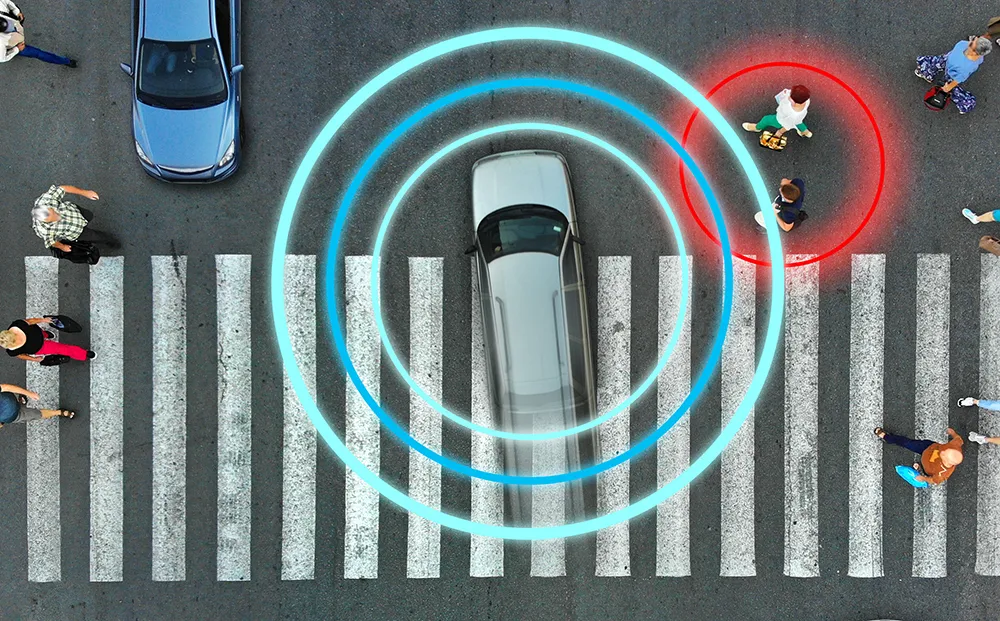German company Vitronic and its Estonian partner Alarmtec have received an order for an innovative project for the monitoring of red light violations in combination with bus lane enforcement for the city of Tallinn. The solution developed by Vitronic is mounted in an attractive housing called City Design Pole which fits nicely into the urban environment.
July 26, 2012
Read time: 2 mins
German company 147 Vitronic and its Estonian partner Alarmtec have received an order for an innovative project for the monitoring of red light violations in combination with bus lane enforcement for the city of Tallinn. The solution developed by Vitronic is mounted in an attractive housing called City Design Pole which fits nicely into the urban environment.
The PoliScan systems is being deployed at two sites in Tallinn to enforce red light as well as speed limit violations. Besides these classical PoliScan applications, access to the bus lane will also be controlled.
As soon as a vehicle runs the red light, high-resolution digital cameras capture the vehicle including driver and licence plate. The first picture is taken when the vehicle crosses the stop line, the second one is taken in the intersection. In Tallinn an additional camera is installed behind the arriving vehicles, across from the traffic lights, to document the traffic light phase at the moment of the violation. Speeding and unauthorized driving in the bus lane are enforced as well, regardless of whether the lights are red or green.
The PoliScan systems is being deployed at two sites in Tallinn to enforce red light as well as speed limit violations. Besides these classical PoliScan applications, access to the bus lane will also be controlled.
As soon as a vehicle runs the red light, high-resolution digital cameras capture the vehicle including driver and licence plate. The first picture is taken when the vehicle crosses the stop line, the second one is taken in the intersection. In Tallinn an additional camera is installed behind the arriving vehicles, across from the traffic lights, to document the traffic light phase at the moment of the violation. Speeding and unauthorized driving in the bus lane are enforced as well, regardless of whether the lights are red or green.










